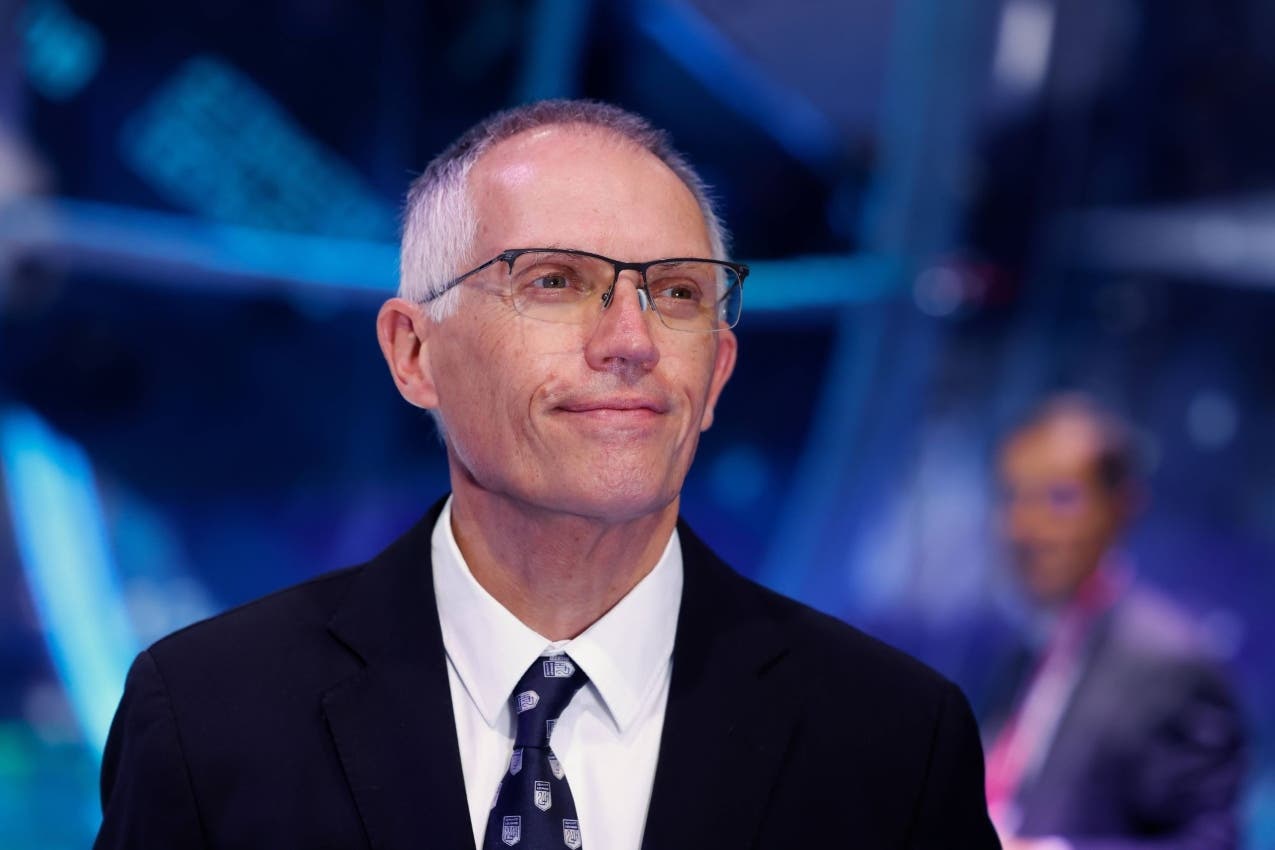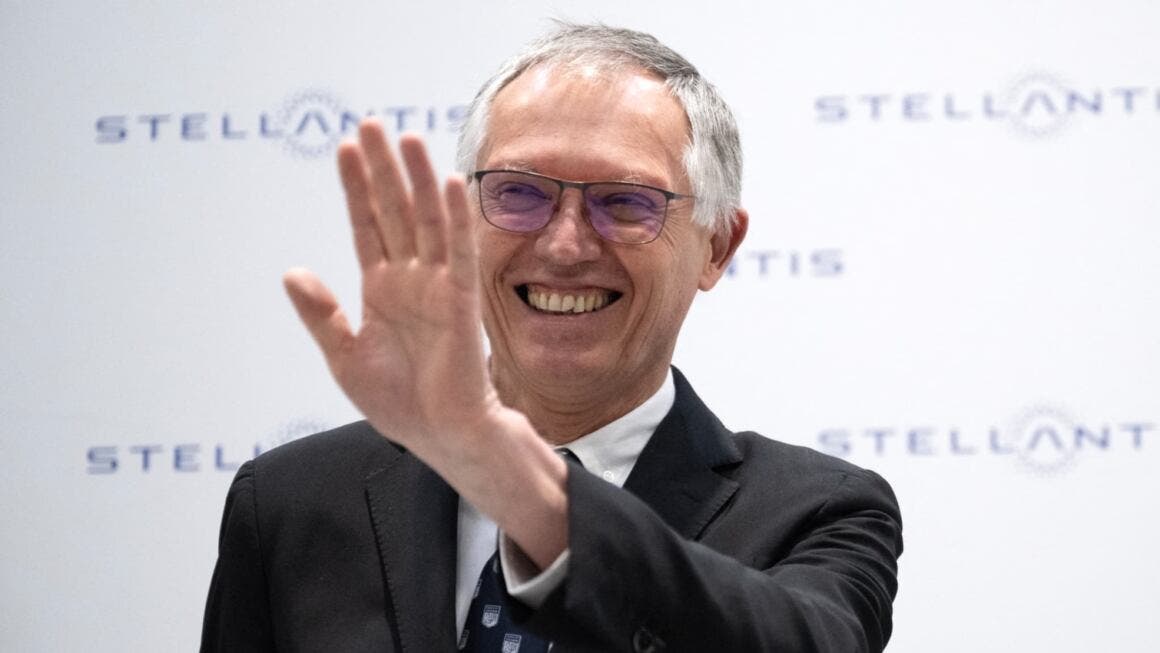Stellantis investors are protesting against the €23.1 million awarded to former CEO Carlos Tavares, who left the company in December after a year of declining sales and profits, with a disaster caused in the United States. Allianz Global Investors and proxy advisors such as Proxinvest have urged shareholders to vote against the former CEO’s remuneration report during Tuesday’s annual general meeting. Tavares‘ salary for 2024, and an additional €12 million in severance pay and bonuses for achieved targets that he will receive this year, is causing outrage after Tavares presided over the collapse in demand in the United States, model delays in Europe, and clashes with politicians, dealers, and unions.
Stellantis investors protest the former CEO Carlos Tavares’ massive severance package

Carlos Tavares, who left his position as CEO of Stellantis last December 1, is entitled to just under €23.1 million in total compensation related to 2024 (37% less than the €36.494 million he received in 2023) and a severance package of €12 million, to be paid in 2025.
According to the company’s 2024 Annual Report, Tavares, who will not receive performance bonuses for 2024, will receive €23.085 million for his last year leading the company, including €2 million in base salary, fringe benefits worth €71,224, long-term incentives of €20.514 million (of which €10 million for reaching the Transformation milestone and €10.514 million for other incentives, paid in shares), and post-retirement expense benefits of €500,000. He will not receive short-term incentives: in 2024 these had amounted to €5.78 million, while long-term incentives in 2023 had reached €26.125 million.
Regarding the total severance package of €12 million, provided for in the Separation and Release Agreement, Tavares receives €2 million in severance pay and €10 million tied to achieving a target. For the target bonus, he had received €10 million in March 2024, while the €10 million planned for the third milestone will not be paid. Finally, in January 2026, Tavares will receive 800,000 company shares (not additional and already counted in the long-term incentives).

John Elkann, chairman of Stellantis (and current CEO), received total compensation of just under €2.8 million for 2024, 42% less than the €4.823 million in 2023: a base salary of €922,386 and fringe benefits for €721,830 (items that varied only slightly compared to 2023) and long-term incentives of €1.153 million (compared to €3.214 million in 2023). He will not receive, as he did not receive the previous year, short-term incentives. The vice president, Robert Peugeot, received compensation of €220,405 for 2024.
In the past, shareholders have voted against Tavares‘ compensation package. Stellantis reported that its employees earned an average of about €66,000 in 2024, down 6% from 2023. Tavares‘ total compensation was 350 times higher than that of an average employee. The Portuguese manager saw his total salary decrease by 37% last year to €23 million. He clashed with the boards of Chrysler and Fiat over his short-term focus on cost-cutting, rather than focusing on broader goals. His aggressive pricing strategy contributed to declining sales in the United States, which the automaker is still trying to recover from.
Stellantis has expressed a cautious outlook for 2025. While the company’s chairman, John Elkann, is searching for the CEO, they will also have to decide how many of the 14 brands in the galaxy have a sustainable future. According to rumors, it seems that the Italian brands Maserati and Alfa Romeo, and perhaps Lancia, are wobbling. The next CEO will be announced in the first half of the year: “We have excellent candidates, both internally and externally,” Elkann stated.
It is also necessary to reverse the decline in U.S. and European market share, compete with aggressive Chinese rivals, and manage the disruptive trade policies promoted by U.S. President Donald Trump. The company is also working to mend compromised relationships with dealers, unions, suppliers, and shareholders, hiring new executives and promoting more open communication with these stakeholders.

